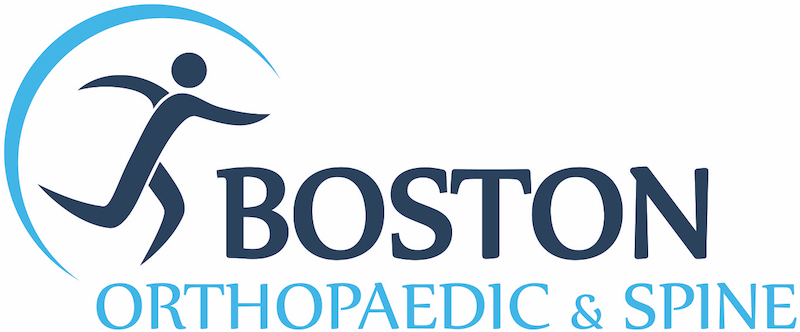Runner’s tendon pain, or achilles tendinitis, is a common and frustrating overuse injury that affects athletes of all levels. It can sideline your passion, reoccur, and persist without treatment. Fortunately, there are many ways of preventing, managing and treating runner’s tendon so you can get back on track.
Understanding Runner’s Tendon Pain
Runner’s tendon problems arise from overuse, repetitive stress, improper training, or biomechanical imbalances. Over time, this leads to inflammation and micro-tears within the tendon, causing pain, stiffness, and reduced function.
Here are the most common causes for achilles tendinitis in runners:
- Sudden increase in intensity or duration of runs
- Improper footwear
- Trail-running or running on uneven terrain
- Running in cold weather
Other risk factors include age, weight, and sex (runner’s tendon is more common in men).
Get back in the game.
How to Prevent Achilles Tendinitis
Since runners’ tendon is such a common overuse injury for many runners, it’s advisable to incorporate preventative measures into your routine no matter your level of risk or health history.
Here are several things to consider when it comes to injury prevention:
- Incorporate walking warm-ups and cool-downs before and after your runs
- Build strong calf muscles to help support your tendons during exercise
- Cross-train with other activities you enjoy that are low impact, like cycling or swimming
- Stretch your calf muscles to prevent soreness and improve flexibility before and after you run
- Avoid sudden increases in your routine, which could put stress on your body
- Ensure you’re wearing proper supportive footwear

Ultrasound image of a healthy Achilles tendon.

Ultrasound image of a damaged Achilles tendon.
Symptoms of Achilles Tendinitis and What to Do Next
Achilles tendinitis or runner’s tendon might start with a mild ache or tightness in the back of the calf or ankle. For many, some time off your usual routine can resolve the issue. Continuing to push through tendon pain will only worsen the injury.
Here are strategies for managing tendon pain once it starts:
- Decreasing mileage, intensity, and frequency of runs.
- Incorporate regular calf stretches into your routine if you haven’t already to release tension
- Listen to your body and avoid returning to running before you’re ready
After a short period of decreased activity and monitoring your symptoms, slowly reintroducing running with a progressive increase in distance and intensity is ideal as your tendon pain subsides.
Explore Other Minimally Invasive Treatments
Tenex Procedure: A Minimally Invasive Solution for Chronic Tendon Pain
For chronic tendon pain that doesn’t respond to initial measures or physical therapy, several advanced non-surgical options are available from highly trained sports medicine specialists. A sports medicine specialist understands the physical needs of athletes and has a comprehensive knowledge of orthopedic medicine, allowing them to treat a range of sports-related muscle, bone, and soft tissue injuries.
The Tenex procedure, also known as percutaneous tenotomy, is a minimally invasive treatment option for chronic tendon pain. Utilizing ultrasonic energy guided by ultrasound imaging, Tenex precisely targets and removes damaged scar tissue within the runner’s tendon through a small incision. This can lead to significant pain reduction and faster recovery compared to surgery.
By understanding the causes, implementing effective non-surgical treatments, and prioritizing prevention, runners can overcome runner’s tendon pain and continue to enjoy the benefits of their sport. If you’re experiencing persistent tendon pain, consulting with a sports medicine physician is crucial for an accurate diagnosis and a personalized treatment plan.

